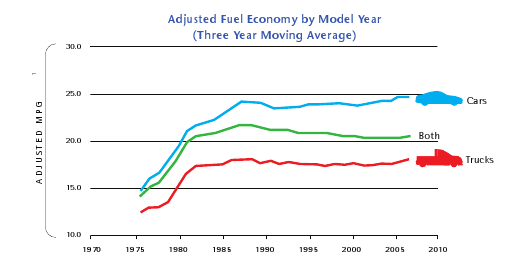The Insurance Institute for Highway Safety was 50 years old in 2009. As part of their commemoration of the event, they staged an offset crash test between a 1959 Chevy Bel Air and a 2009 Chevy Malibu. If you are a classic car fan, you might not want to watch this video of the crash demonstration. They have many different camera angles covering the crash, including camera in the vehicles..
Crash Video
Both cars were going 40 MPH. I was surprised that the cars weighed nearly the same: The Bel Air weighed 3620 lbs and the Malibu weighed 3514 lbs. The Bel Air was 211 inches long and the Malibu was 192 inches--almost 20 inches shorter.
Here are pictures of the driver's section of each vehicle's passenger compartment. They tell the whole story. Also, watch the roof, the steering column, and the glass of the Bel Air in the video.



Crash Video
Both cars were going 40 MPH. I was surprised that the cars weighed nearly the same: The Bel Air weighed 3620 lbs and the Malibu weighed 3514 lbs. The Bel Air was 211 inches long and the Malibu was 192 inches--almost 20 inches shorter.
Here are pictures of the driver's section of each vehicle's passenger compartment. They tell the whole story. Also, watch the roof, the steering column, and the glass of the Bel Air in the video.


There's been a lot of progress in the last 50 years. I'll even go so far as to say that government intervention in this one particular narrow area may have been warranted and useful. Or, maybe the market would have produced the same result with enough public demand for improved safety.In the crash test involving the two Chevrolets, the 2009 Malibu's occupant compartment remained intact (above left) while the one in the 1959 Bel Air (right) collapsed


